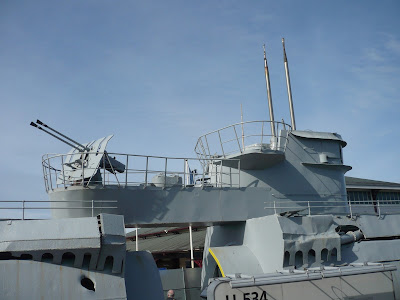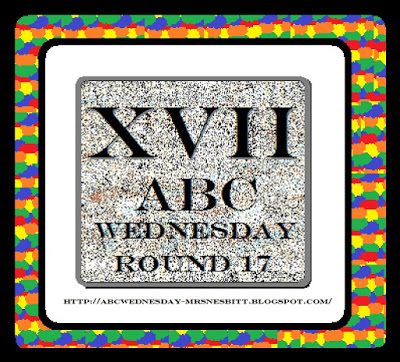But Shaun in his guise as Candy Baa does look good enough to eat as painted by Emily Golden (see Painting Candy Baa here). This was temporarily on display at Covent Garden before a gathering of 300 different Shauns arrived in the Piazza and they were all sold off for charity.
The west Piazza is also where street performers come to put on a show and here the crowd is enjoying the sunshine and those on the balcony of the Punch and Judy pub, the beer. It is thought that the Punch and Judy pub takes its name from the puppeteers who put on performances here and indeed Samuel Pepys makes mention in his diary of 1662 of "Italian puppet plays". For this reason Mr Punch's birthday is celebrated on the 9th May (the date of Pepys entry)
The annual gathering of Punch and Judy Professors (as the puppeteers are known) takes place by Covent Garden's St Paul's Church at the same time as the 'May Fayre and Puppet Festival'. The pub sign (where you can spot another 'C') shows when the pub arrived here, 1787, which would have been when Covent Garden was famous for its flower sellers and
although the wholesale of flowers moved location in the 1960s to the New Covent Garden a few miles away, the statue to Flora the Goddess of flowers and Spring still reigns supreme on the roof top
The statue is by Robert Sievier (1794-1865) and is made of Coade stone, an artificial but hard wearing stone resistant to both frost and heat created in 1769. There are many statues made of the material around London which Eleanor Coade called Lithodipyra (Greek for 'stone fired twice') and promoted heavily for its ability to be able to be moulded into complex shapes. Eleanor died in 1821 when the factory passed to other family members but ceased to trade in 1840. It was said the 'secret formula' had been lost at this time (although people knew that one of the main ingredients was Cornish white china clay) but this is not true and Wikipedia lists the ingredients here but marvels at the skill needed to manufacture it which is probably why the Coade factory was the only one to produce it.
An entry to ABC Wednesday, a journey through the alphabet, this week sojourning at C here























